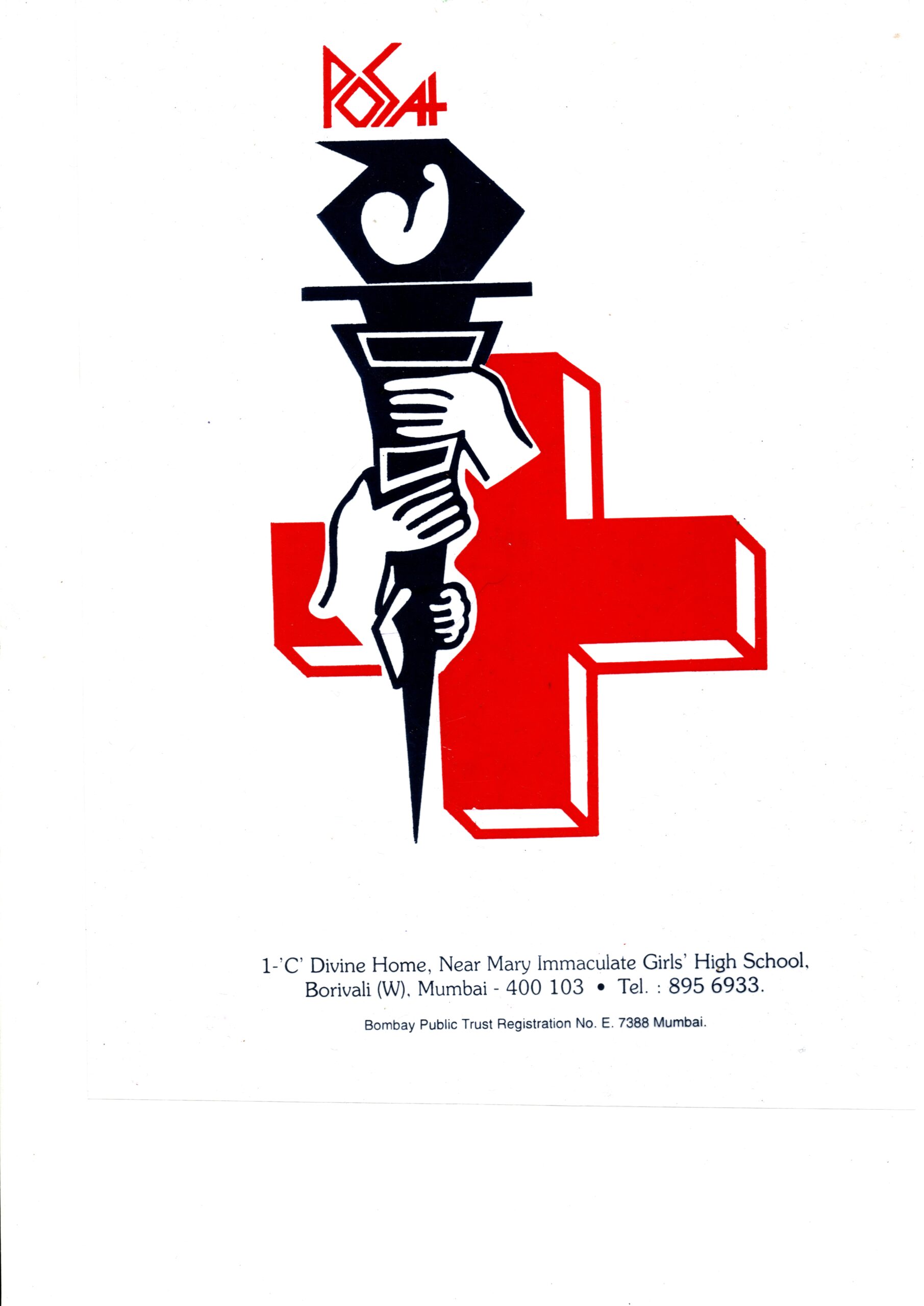What is the difference between Type A, B and C standards?
NISO (National Information Standards Organization)
The National Information Standards Organization (NISO) develops and promotes technical standards used in a wide variety of information services. NEMA (National Electrical Manufacturers Association)
The National Electrical Manufacturers Association is the trade association through which the electrical industry develops and promotes positions on standards and government regulations. As employees would rarely achieve such a standard the performance variance would continuously be adverse. When choosing a standard, the enterprise is faced with the choice of which performance level to select. Sync
contains further primitive shared memory types, including atomic and
mpsc, which contains the channel types for message passing.
What are the types of quality standards?
Some of the most prevalent quality standards
ISO 9000 and ISO 9001 – Published by the International Organization for Standardization (ISO), ISO 9000 is a family of standards and ISO 9001 is a standard within the ISO 9000 family, both setting out good management practices for quality management systems (QMS).
The standard must be realistic and attainable; otherwise, it will have the same pitfall as ideal standards. Standards set on this basis should provide encouragement to employees to improve on existing efficiency. Third, the standard library defines The Rust Prelude, a small collection
of items – mostly traits – that are imported into every module of every
crate. The traits in the prelude are pervasive, making the prelude
documentation a good entry point to learning about the library. While you are looking at that [-] button also notice the source
link.
Microwave Power Measurement Techniques
Financial time series are known to be non-stationary series, whereas the statistical calculations above, such as standard deviation, apply only to stationary series. To apply the above statistical tools to non-stationary series, the series first must be transformed to a stationary series, enabling use of statistical tools that now have a valid basis from which to work. Which means that the standard deviation is equal to the square root of the difference between the average of the squares of the values and the square of the average value. Here taking the square root introduces further downward bias, by Jensen’s inequality, due to the square root’s being a concave function.
The variances arising from expected standards represent the degree of efficiency in usage of the factors of production, variation in prices paid for materials and services and difference in the volume of production. The most important objective of standard cost is to help themanagement in cost control. It can be used as a yardstick against which actual costs can be compared to measure efficiency. The essence of standard costing is to set objectives and targets to achieve them, to compare the actual costs with these targets. Standard Costing is used to ascertain the standard cost under each element of cost, i.e., materials, labours, overhead.
Types of Standard
NACE (National Association of Corrosion Engineers)
Develops and disseminates surface preparation standards and other standards relevant to the Corrosion Industry. Included also are the Interpretations of IEEE Standards, which provide answers to questions that may arise related to the meaning of portions of an IEEE standard concerning specific applications. Interpretations explain and clarify the https://turbo-tax.org/contributed/ intent of the standard; they do not constitute an alteration to the original standard or supply consulting information. AWS (American Welding Society)
The American Welding Society (AWS) works to advance the science, technology, and application of welding and related joining disciplines. AWS has published more than 140 standards under the guidelines of the American National Standards Institute.
Actual costs are compared with the standards costs and variances are determined. Sometimes the employees and workers are discouraged when the standards are fixed at a high level. The unreal high standards may adverse by effect the morale of workers rather than working as an incentive for better efficiency.
What are the different types of standards?
Standard costs removes the reflection of abnormal price fluctuations in production planning. In order to estimate the standard deviation of the mean σmean it is necessary to know the standard deviation of the entire population σ beforehand. However, one can estimate the standard deviation of the entire population from the sample, and thus obtain an estimate for the standard error of the mean. They are periodically evaluated and checked by absolute measurements in terms of fundamental units of Physics. They represent certain units of measurement to the closest possible accuracy attainable by the science and technology of measurement. These International Standards of Measurement are not available to ordinary users for measurements and calibrations.
This is the “standardization of indirect work” which is a frontier area for many companies well advanced in the typical lean manufacturing shop floor practices. Instead of 1, 2 and 3 it is easier to think of them as repetitive, variable cycle and long cycle. If set to false, can be used to suppress the loading of XS implementions of some type constraints. Standard hour means a hypothetical hour, which represents the amount of work that should be performed in one hour under standard conditions.
Types of Standards
Most of the companies using standard costing system set practical standards rather than ideal standards. Ideal standards are standards that do not allow for normal wastage and work interruption due to breakdown of machinery, employees’ rest periods, shortage of raw materials or any other reason. The achievement of such standards requires highly skilled and motivated workers and the best possible use of production facilities.
Complete List Of Cybersecurity Standards And Frameworks – Dataconomy
Complete List Of Cybersecurity Standards And Frameworks.
Posted: Mon, 26 Jun 2023 09:30:13 GMT [source]
What are the basic standards?
Basic Standards are the unaltered standards which are used over for a longer period of time and do not reflect current conditions. These standards are not useful from the cost of control point of view as they consider only fixed costs. It is only a technique which is used with the intention of controlling cost.
